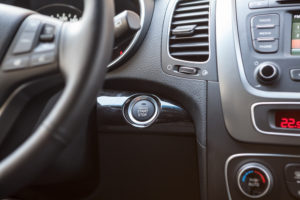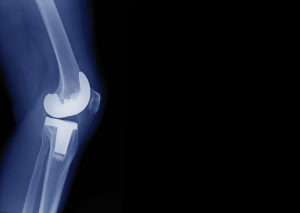We’ve all seen this type of article in the news: a high speed, single-car accident, where the driver simply went off the road, doing nothing to prevent the crash from happening. The driver was alone in the vehicle, it happened late at night—after midnight—and the accident was serious. A description like that might make many of us assume drunk driving. But the fact is these are the main characteristics of an accident caused by a different kind of impairment—one that many of us have likely experienced: drowsy driving.
Frighteningly, according to a 2002 study on driver behavior, a 37% of the driving population admits that they have either nodded off or fallen asleep at the wheel. And the National Highway Traffic Safety Administration (NHTSA) estimates that every year, drowsy driving is a contributing factor in 100,000 accidents that injure 40,000 people and take the lives of another 1,550. And those numbers are likely higher because drowsy driving is believed to be under-reported as a contributor in accidents. Yet drowsy driving is a tough issue to combat both because it is hard to detect and it depends on changing driver behavior.
Much like other forms of impaired driving, drowsiness causes drivers to experience slower reaction times, reduced ability to pay attention, and a reduced ability to process information. All of these negative impacts mean that a driver is less likely to be able to take steps to avoid an accident, which in high speed crashes can have a huge impact on the likelihood and severity of the accident.
So what should drivers know about drowsy driving? First, are the risk factors—those things that make you as a driver more likely to become drowsy. And second, what you can do to combat drowsiness.
Another study conducted by NHTSA offers some insight into the risk factors. As you might guess, drowsiness behind the wheel is connected to sleep loss or inadequate sleep. This might mean that you aren’t getting enough sleep at night or it could refer to poor or interrupted sleep. Some sleep disorders like sleep apnea syndrome or narcolepsy can also contribute to drowsy driver—either because they interfere with your normal sleep cycle or because they simply make you prone to sleepiness. Drowsiness can also be brought about by certain medications—such as antihistamines or certain antidepressants—and alcohol consumption can also play a role.
Something else the study found—and that many of us can maybe see from our own experience—is that driving patterns affect our drowsiness. Drowsy driving often starts to e an issue for those driving between midnight and 6 am, individuals who drive a substantial number of miles each year or each day, and of course, driving for long periods of time without a break.
Fortunately, drivers can take steps to combat drowsy driving. But those steps aren’t always what you think. For example some of the steps people commonly take include: getting out of the car to walk around, turning the radio on or turning up the volume, singing or talking to yourself, or talking with another person. But there is no research to show that these efforts make any difference at all.
What does make a difference is first taking preventive measures: getting a good night’s sleep, particularly before long road trips and avoiding travel between midnight and 6 am. But, once drowsy driving kicks in, the best remedy is to stop driving. Either switch drivers or simply get off the road. Short naps of 15-20 minutes can make a big difference in alertness and ability to respond. Caffeine also works: consuming the equivalent of two cups of coffee can provide a short-term increase in alertness.
While roadway construction like putting rumble strips on the sides of roads or new technology in cars to alert drivers about their own drowsiness can help reign in drowsy driving, they can only go so far. In the end, drivers have to take responsibility to make sure they aren’t getting behind the wheel impaired.

The Legal Examiner and our Affiliate Network strive to be the place you look to for news, context, and more, wherever your life intersects with the law.










Comments for this article are closed.